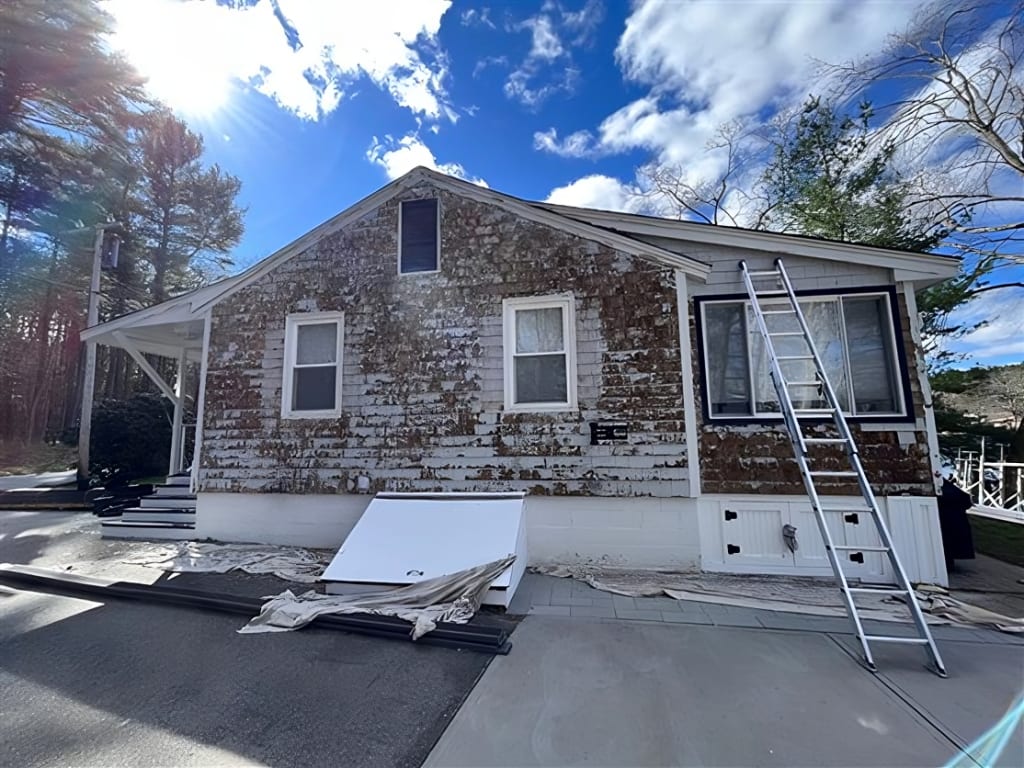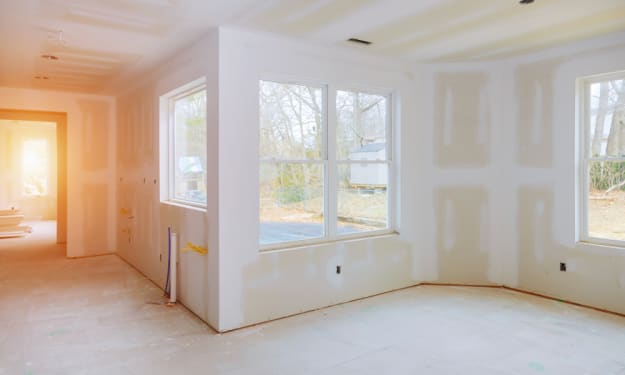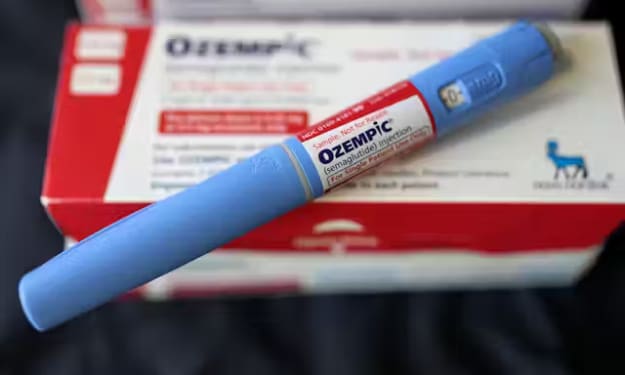How One Bad Storm Can Permanently Damage Your Property
Your Home is Your Responsibility

Nobody can predict when a storm will hit and how much damage it can cause. In the blink of an eye, everything can change. The aftermath of a storm can be devastating, leaving behind a trail of destruction that can take months or even years to recover from. One of the worst things about a storm is that it can cause permanent damage to your property, leaving you with a hefty repair bill. Here's a closer look at how one bad storm can permanently damage your property.
Five Key Concerns Before a Storm Begins
Flooding: One of the most common ways a storm can permanently damage your property is through flooding. When heavy rains fall, the water can seep into your basement, causing structural damage, mold growth, and damage to your belongings. If left unattended, this can lead to major health hazards. It's essential to take flood prevention measures, such as installing a sump pump or improving your home's drainage.
Wind Damage: Strong winds can blow off roof tiles, siding, and even windows, leading to water damage and other structural issues. High-speed winds can also knock down trees and power lines, which can be costly to repair. To minimize wind damage, it's crucial to inspect your property to ensure that all structures, especially roofs and gutters, are secure.
Lightening Strikes: When lightning strikes, it can cause high-voltage electrical surges that can fry your electrical system, appliances, and even damage your home's foundation. To curb this damage, it's essential to have a lightning protection system installed, such as grounding rods.
Hail Damage: One of the most expensive damages from a storm is hail damage. Large hailstones can cause dents, cracks, and holes in your roof, siding, and windows. The hail can also damage your cars and outdoor appliances. For prevention, inspect your property to ensure that it's reinforced to withstand the impact of hail.
Dampness: Even small leaks can lead to dampness, which can cause mold, rot, and health problems. The aftermath of a storm can expose leaks that can lead to dampness problems, and it's essential to address these issues promptly. One way to prevent dampness is through proper roof insulation and ventilation.
Where to Worry About Storms
Storms, a formidable display of nature’s power, can strike with devastating consequences, often with little warning. Knowing where to direct concern about storms is vital for preparation and response. Coastal areas are at the top of the list, especially in regions prone to hurricanes and typhoons, where the combination of high winds, heavy rainfall, and storm surges can lead to catastrophic outcomes. Tropical regions, particularly those bordering warm oceans, worry annually about these severe weather systems during storm seasons.
Tornado-prone areas, often found in places like the United States’ Tornado Alley, require constant vigilance, as tornadoes can form quickly and leave a narrow path of destruction that is intense and unpredictable. Residents in these regions must heed weather advisories and have plans for quick shelter.
Inland areas are not immune to storms either. Thunderstorms can bring torrential rains, leading to flooding, especially in areas where rivers and lakes can overflow their banks. Even mountainous regions must worry about storms that cause heavy snowfall or ice storms, leading to avalanches or treacherous travel conditions.
Knowing where to worry about storms is about understanding regional weather patterns and the specific threats they bring. It’s also about community preparedness, from building resilient infrastructure to having effective early warning systems and evacuation plans. With climate change influencing weather patterns, areas that historically had fewer storm concerns may find themselves facing new threats, underscoring the need for constant vigilance and adaptation.
Learn More About Storms & Home Ownership
The aftermath of a bad storm can be catastrophic. Unfortunately, most damage caused by storms is permanent and can have a lasting impact on your property. It's essential to take measures to minimize damage by ensuring that your property is safeguarded against wind, hail, lightening, and flooding. In case of storm damage, be sure to hire a professional restoration company to take care of the repairs quickly. By taking preventive measures and addressing storm damage promptly, you can significantly reduce the risk of permanent property damage.
Learn More Here:
About the Creator
Enjoyed the story? Support the Creator.
Subscribe for free to receive all their stories in your feed. You could also pledge your support or give them a one-off tip, letting them know you appreciate their work.





Comments
There are no comments for this story
Be the first to respond and start the conversation.